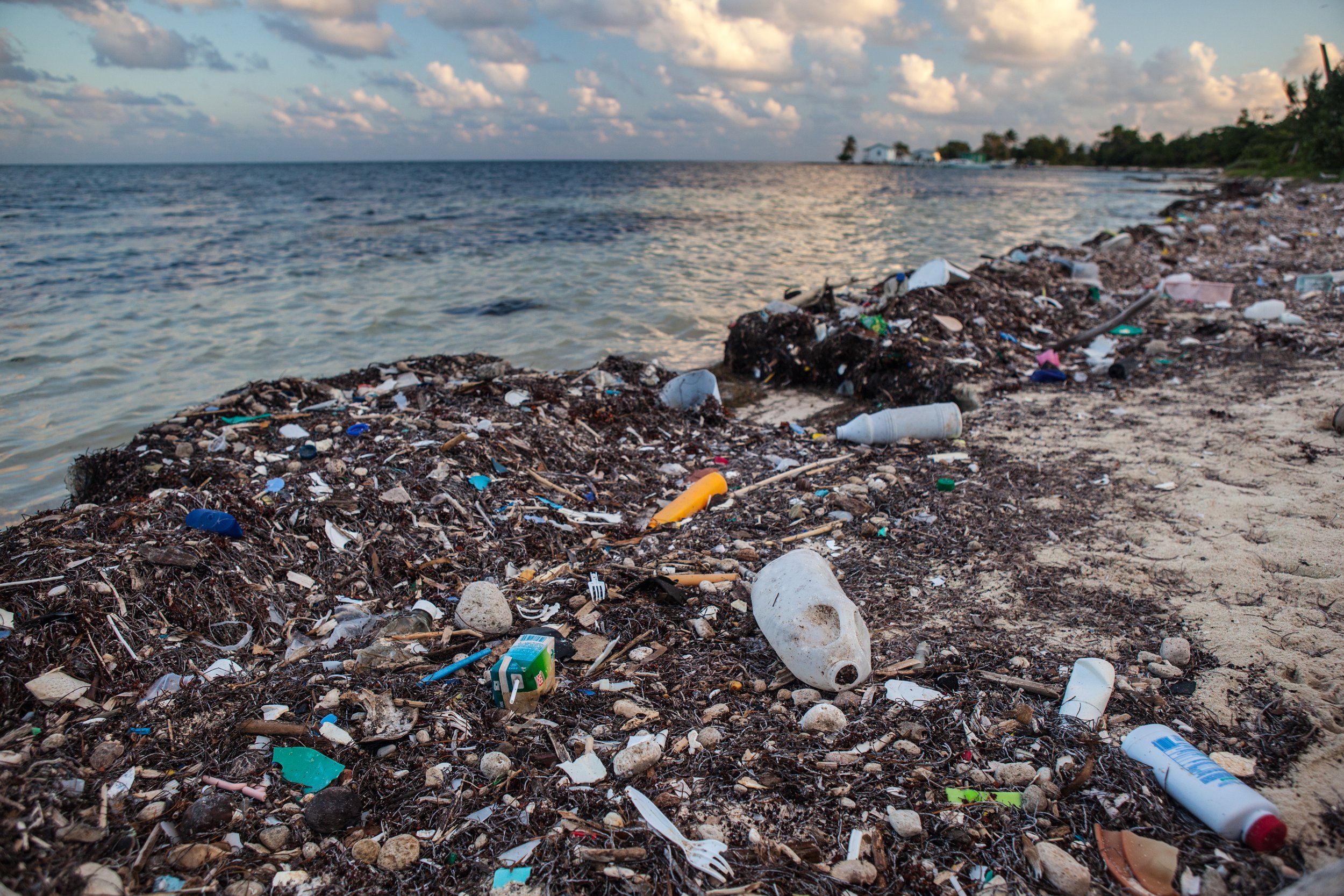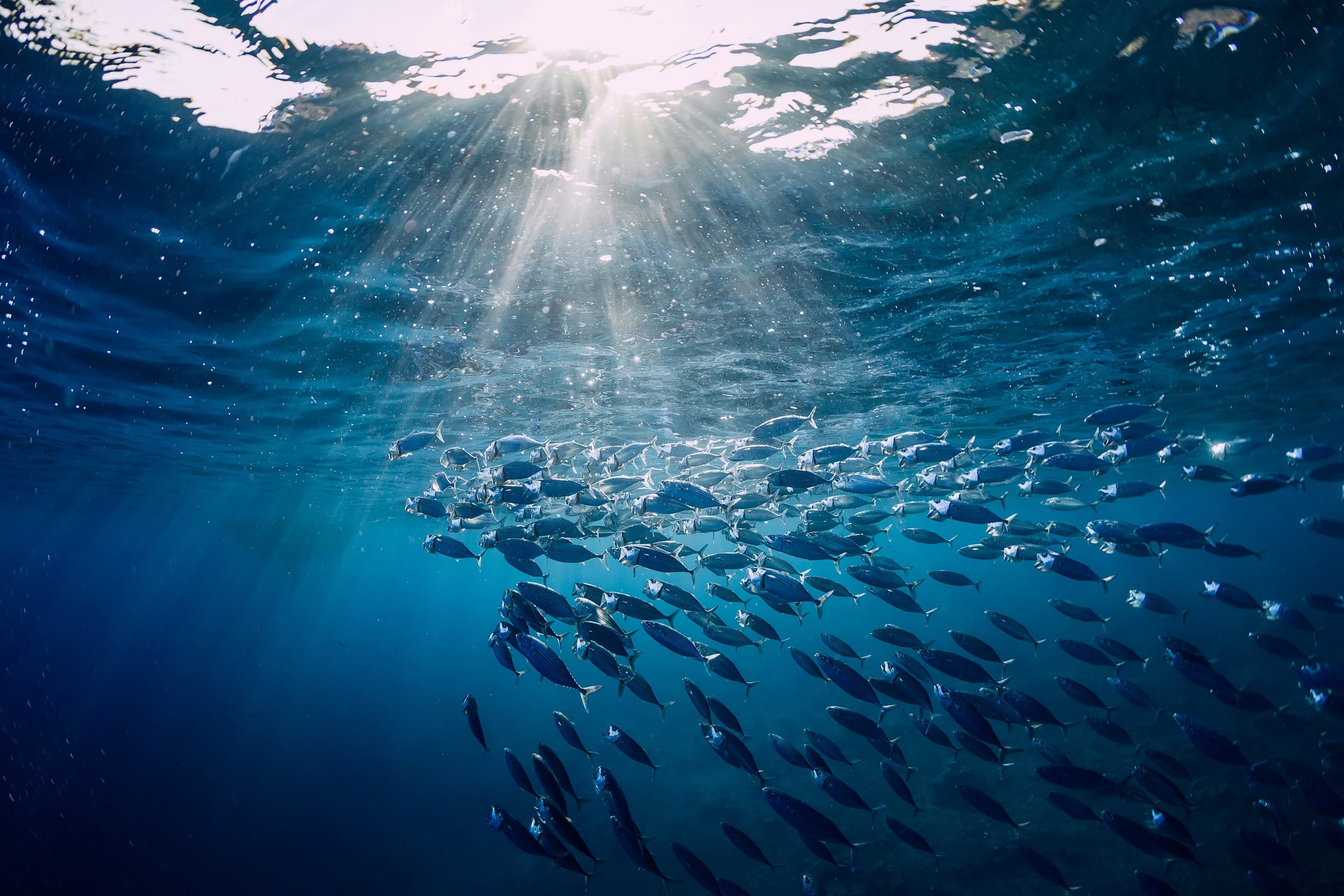
Pollution
A significant danger facing wild-living marine animals and their environment.
Runoff refers to excess water that flows across the surface of land and into waterways, particularly after rain or irrigation. It occurs when there is more water than the land can absorb.
Agricultural runoff, like fertilisers, are a major source of water pollution. All waterways, including creeks and rivers, eventually lead to oceans, and these pollutants have the potential to cause damage beyond “the regenerative capacity” of the ecosystem. One example is eutrophication, which is caused by the accumulation of nutrients in coastal waters, leading to oxygen depletion, killing marine life and making that area uninhabitable.
According to the Australian Government’s 2021 State of the Environment Report over 50,000 agricultural businesses applied 5 million tonnes of fertiliser to 50 million hectares of land in Australia between 2016-2017. Agricultural activity, including cropping and grazing , is the third most commonly listed threat to species under the EPBC Act.
Factory farms often store large quantities of waste in large lagoons that are prone to leaks and spills.
When these lagoons reach capacity, farmers may spread the waste over surrounding areas instead of paying to have it transported and disposed of elsewhere. This waste can pollute water sources and release harmful gases.

Plastic pollution
Plastic pollution in our oceans is a runaway crisis that is killing an estimated 100,000 marine animals every year. Public awareness of this threat has progressed hugely in recent years, leading to the ban of some single-use plastics in many Australian states and territories, including South Australia, the Australian Capital Territory, Queensland, and Western Australia, with Victoria set to enact this promise in February 2023 too. Plastic presence, however, is not a new phenomenon. The dramatic rise in pollution corresponds with the advent of mass plastic production during the 1950s.
Rapid development, rapid destruction
Once the manufacture of this new, convenient and virtually indestructible product increased, the impact of its presence and threats soon became clear. Plastic soon became pervasive and was used in a vast array of items, including food packaging, household products and clothing. By 2017, it was estimated that over 8 billion tonnes of plastic had been manufactured since production began. Of this figure, less than 10% has been recycled and 79% has accumulated in landfills or the environment — the rest has been incinerated.
Today, over 300 million tonnes of plastic waste is produced every year, with half designed only for single-use. Over 8 million tonnes of plastics enters the world's oceans every year, making up 80% of all marine debris from surface waters to deep-sea sediments. Approximately three-quarters of the refuse found along the Australian coast is plastic. Plastic pollution is a major threat to marine wildlife and ecosystems, with estimates suggesting that in some areas concentrations are as high as 580,000 pieces per square kilometre.
Image: Marine Conservation Society
Microplastics
The existence of microplastics within the environment has been known since the early 1970s, over recent years the geographical range, persistence of contamination and ecological implications of microplastics has become increasingly concerning.
Recent estimates suggest that particles of microplastic may outnumber zooplankton, an essential food source for many ocean species. In a similar manner to the way in which larger organisms become entangled in plastic pollution (e.g., sea turtle entanglement in plastic bags), microplastics can cause the entanglement or impose physical obstacles to zooplankton.
Though studies generally indicate that microplastics may not be inherently toxic with acute exposure, others have suggested that sublethal harm may generate knock-on effects and potentially lead to trophic cascades (a disastrous side-effect whereby the reduction or removal of a species from an ecosystem triggers ecological imbalances).
Macroplastics
Large plastic items are collectively known as macroplastics. These include items like plastic bags, balloons, ghost fishing gear and food packaging, which all pose a significant risk to marine life through entanglement, or by causing life threatening internal blockages when consumed. One study found that fishing gear is the biggest entanglement risk to marine fauna, and plastic bags and utensils are rated as the largest ingestion risk for seabirds, turles and marine mammals.

The role of the fishing industry
Fishing gear that has been lost or forgotten poses a huge threat to marine life as they continue to catch animals. This is sometimes referred to as "ghost fishing". A wide range of marine animals become entangled in lost or discarded fishing nets, including whales, dolphins, turtles and sharks.
According to a report released by Greenpeace in 2019, ghost fishing gear makes up 10% of plastic waste in our oceans, and in some areas makes up the vast majority of plastic rubbish, including over 85% of the rubbish on the seafloor on seamounts and ocean ridges, and in the Great Pacific Gyre. Over 640,000 tonnes of nets, lines, pots and traps used by the commercial fishing industry are dumped and discarded in the world's oceans every year. This is commonly referred to as “ghost gear”.
One study on the 'Great Pacific Garbage patch’ found that 86% was accounted for as lost or abandoned fishing gear.
Marine animals, including whales, turtles, crustaceans, seabirds and small fish often become entangled in ghost gear and are left to die a slow and agonising death.
Wildlife impacted by oceanic
plastic pollution
Seabirds
According to WWF, plastic debris causes the deaths of up to a million seabirds every year. Worldwide, it is estimated that up to 90% of all seabirds ingest plastic refuse during their lifetimes. Accumulation of ingested plastics can cause life threatening internal blockages and the impaction of organs. It can also make birds feel full and result in death caused by starvation. They can also result in death by perforation (i.e., internal rupturing).
The ubiquity of plastic pollution means that in some environments it is used by seabirds to build their nests. The use of netting or other plastics have been identified as potential threats to the survival of chicks who may not be able to feed or get entangled.
Though the majority of research has focused on mortality rates, studies have shown that survivors encounter significant long-term complications, including impaired kidney functions, high cholesterol levels, reduced body mass, wing length and bill strength. Sublethal effects may also threaten population development and dynamics.
Petrels, such as albatrosses, are the most threatened bird globally and the species suffering the highest incidence of plastic ingestion.
Australian studies have found that between 65-90% of short-tailed shearwaters have plastic in their stomach. Though this species is considered to be among the most numerous Australian seabird, their recent failure to arrive at breeding grounds for two consecutive years has raised significant concerns, with one expert citing the extinction of the once- ubiquitous north American passenger pigeon as "a cautionary tale".
Aquatic wildlife
Marine and coastal environments contain different types of subsystems (e.g., coral reefs and seagrasses) that accommodate a complex network of biodiversity, ranging from relatively primitive species, such as horseshoe crabs, to more advanced mammalian species like dolphins.
The entire marine environment is a vast body of water that covers over 70% of the earth. For some time, human activities have contributed to a range of adverse impacts on coastal and marine ecosystems. However, compared with other types of debris, such as glass, cloth, paper, metal or rubber, plastic is persistent due to its unique characteristics. Along with seabirds, sea turtles and marine mammals are at high risk of entanglement and ingestion by plastic pollution.
Approximately one-third of marine turtles worldwide are estimated to have ingested pollution and most items consumed are plastic products. Sublethal effects, similar to those outlined above, can be associated with toxic compounds found in plastics. These may have cumulative impacts on development or population dynamics.
Plastic debris and fishing gear also represent a significant threat to turtle populations. This may involve fatal entanglement with lost or abandoned fishing equipment (see image above) resulting in fatal lesions or amputation.
Moving forward
See the solutions available to the dangers facing our marine ecosystems and animals are facing.
Join the Wildlife Protection Commitment
For socially responsible brands, businesses and institutions looking to reduce their impact on native wildlife.

Stay up to date with us
Receive email updates on the progress of Defend the Wild and our latest campaigns by signing up to our mailing list.









